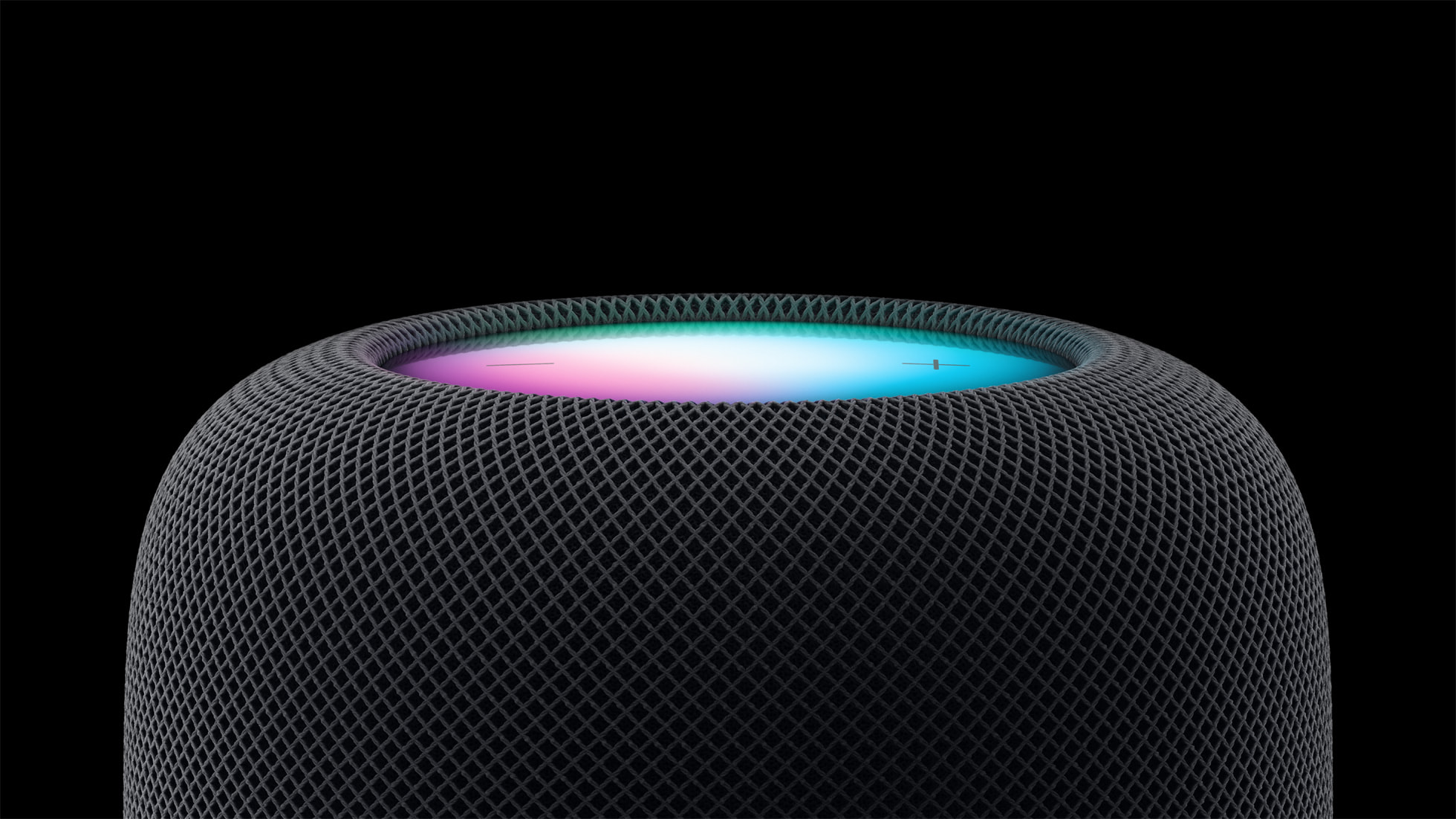
The upgraded HomePod, priced at $299, joins the HomePod mini in Apple's line of TV and Home products with several new changes and features. A lower price tag at launch, a slightly tweaked design, and a suite of features are expected to make the second-generation HomePod more successful than its predecessor, which failed to capture mainstream market share, ultimately leading to its discontinuation. Below, we've highlighted what exactly has changed with the second-generation HomePod compared to the first-generation smart speaker.
Faster Siri and Services Performance
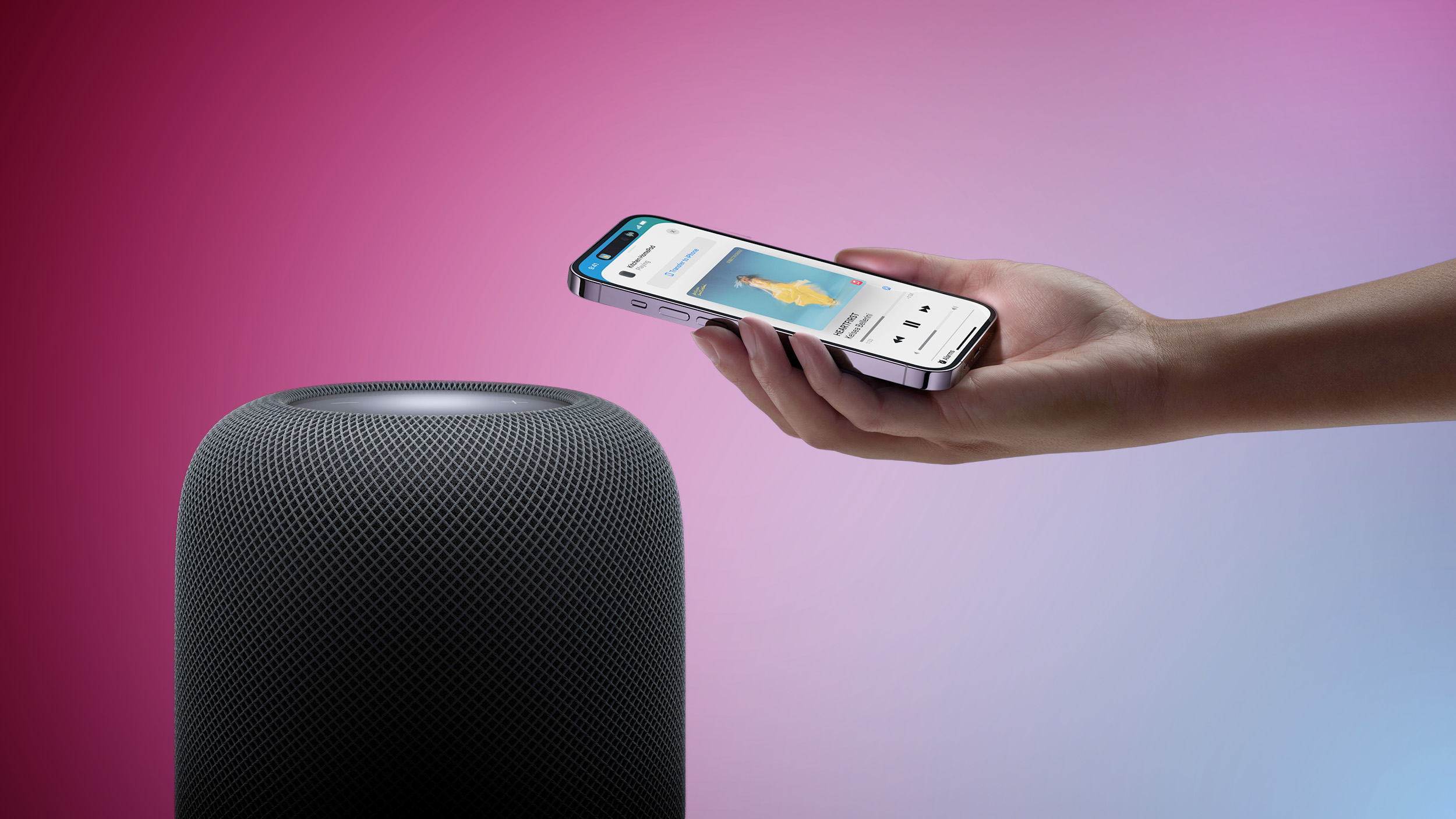
As part of the all-new HomePod, Apple has included the S7 processor, the same chip found in the Apple Watch Series 7, which powers room sensing, advanced computational audio, Siri, and more. The S7 chip is an upgrade to the A8 chip, which powered the first-generation HomePod and the iPhone 6 and iPhone 6 Plus. The chip will help improve the experience of using Siri and services such as Apple Music and iHeartRadio.
Fewer Microphones and Tweeters
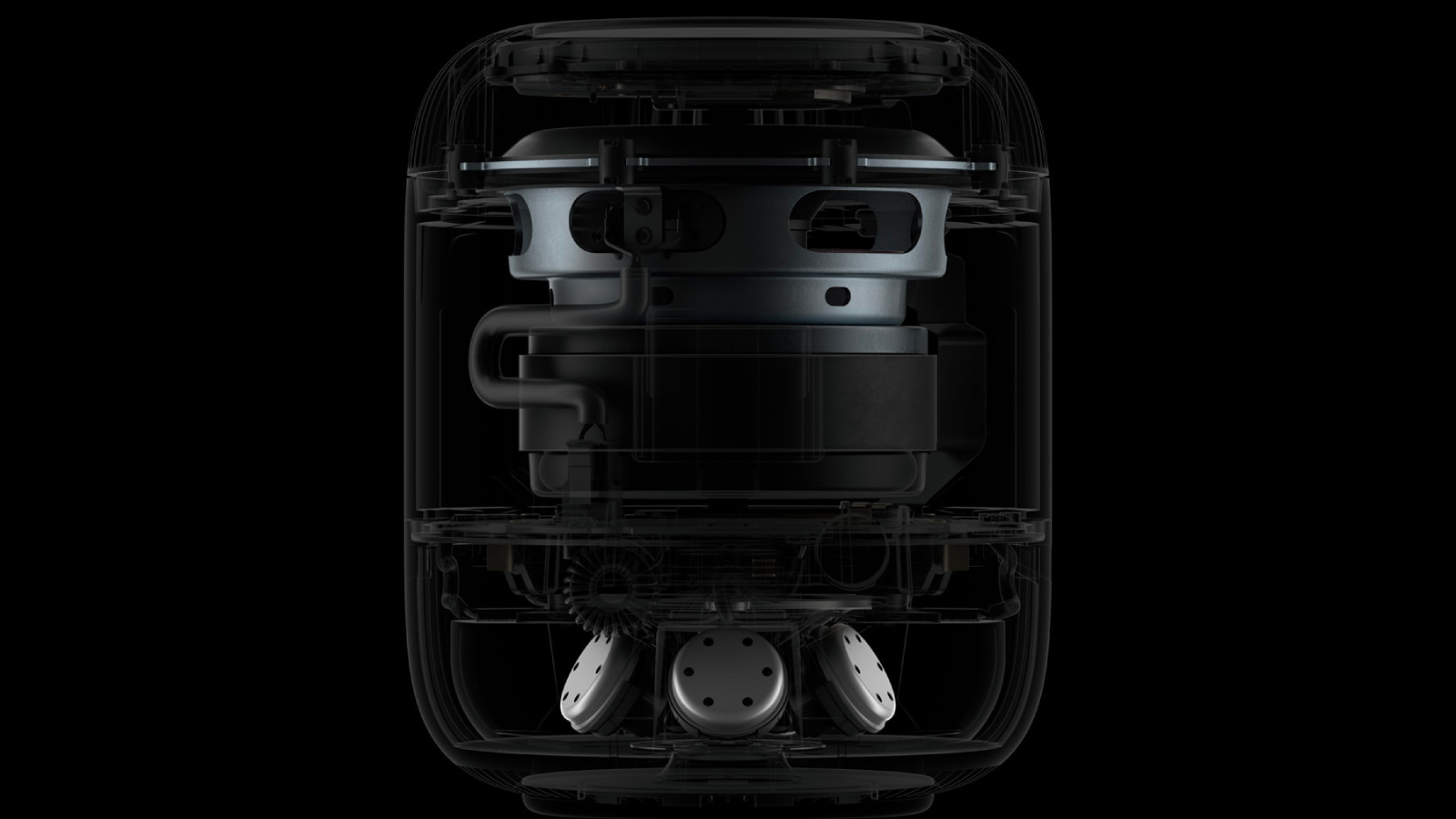
The next-generation HomePod has four microphones built-in, compared to the six-microphone system in the first-generation HomePod. Even if users are across the room, far away from the speaker, and listening to music, the HomePod's microphones enable them to invoke Siri and control their HomePod.
The latest HomePod also has fewer tweeters than the original first-generation model. Apple's specs sheet reveals the new HomePod has five tweeters around its base, compared to seven in the original smart speaker. The tweeters help power HomePod's acoustic performance by optimizing "high frequencies to produce detailed, articulate audio with stunning clarity." The reduction in the number of tweeters and microphones was likely a cost-cutting measure by Apple. Whether this will result in a noticeable drop in audio performance is currently unknown.
Temperature and Humidity Sensing
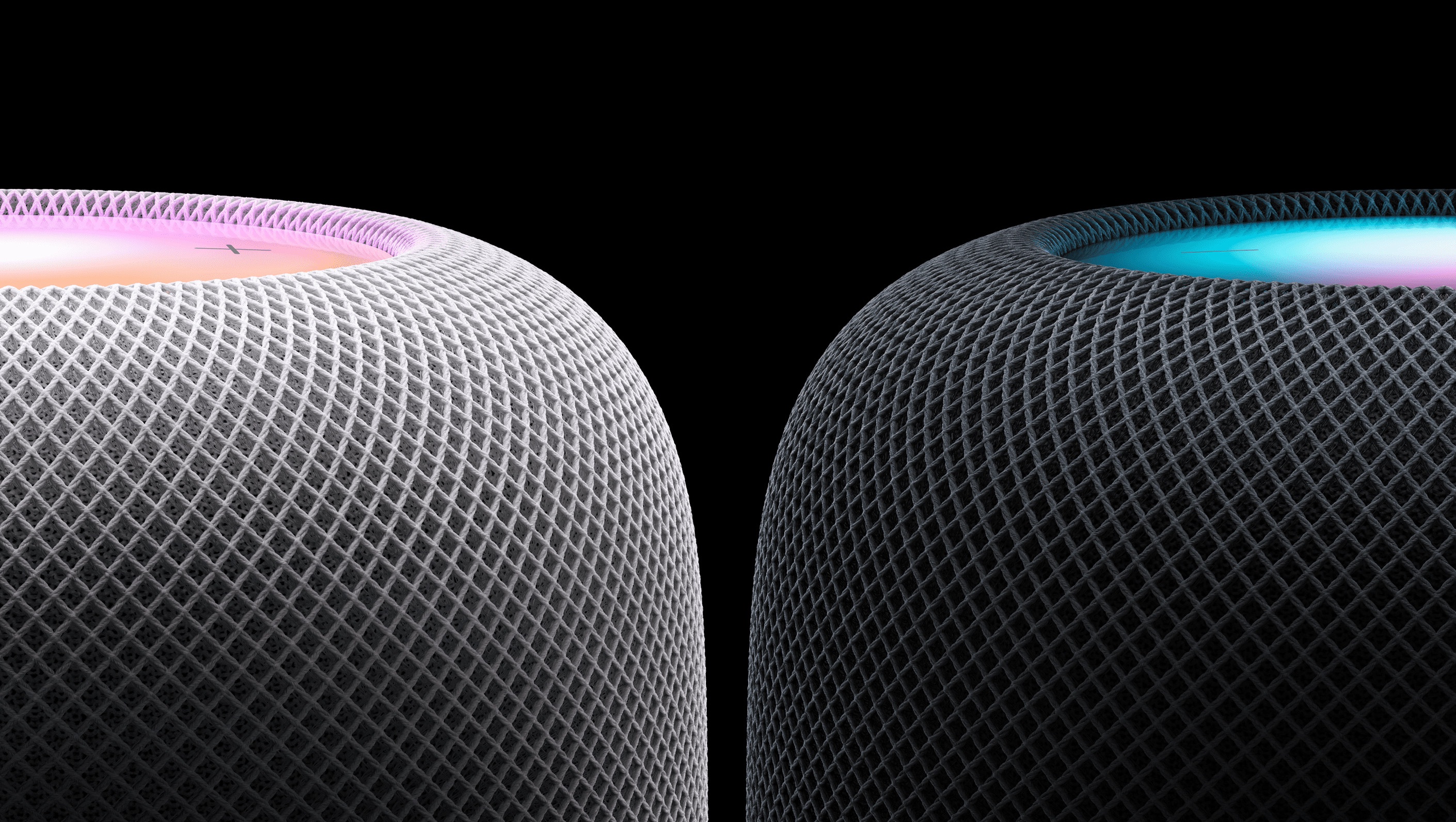
The reintroduced HomePod offers a temperature and humidity sensing, something lacking in the original HomePod, but coming to the HomePod mini thanks to a future 16.3 software update.
The HomePod's built-in temperature and humidity sensor can measure indoor environments, allowing users to create automations that close the blinds or turn on a fan or heater automatically when a certain temperature is reached in a room, for example. This information is exposed in the Home app like any other smart home accessory.
Easily Detachable Power Cable
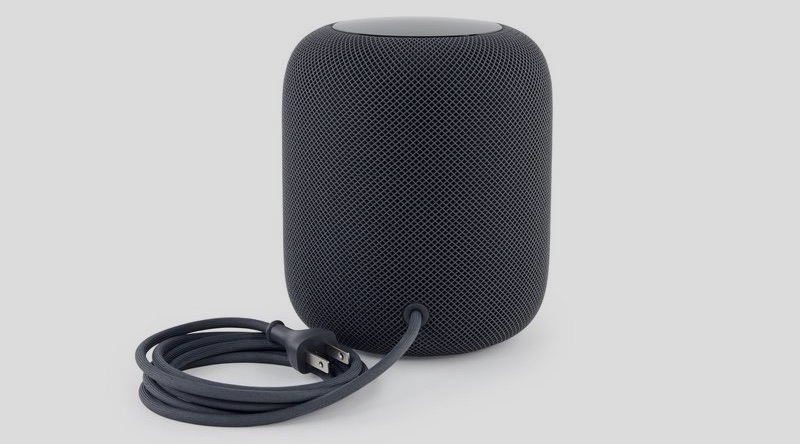
Orginal first-generation HomePod
Unlike the original HomePod which required force to remove the cable, the new HomePod has an easily detachable power cable, allowing users to quickly detach the cable from the speaker for travel or storage.
Larger Backlit Touch Interface
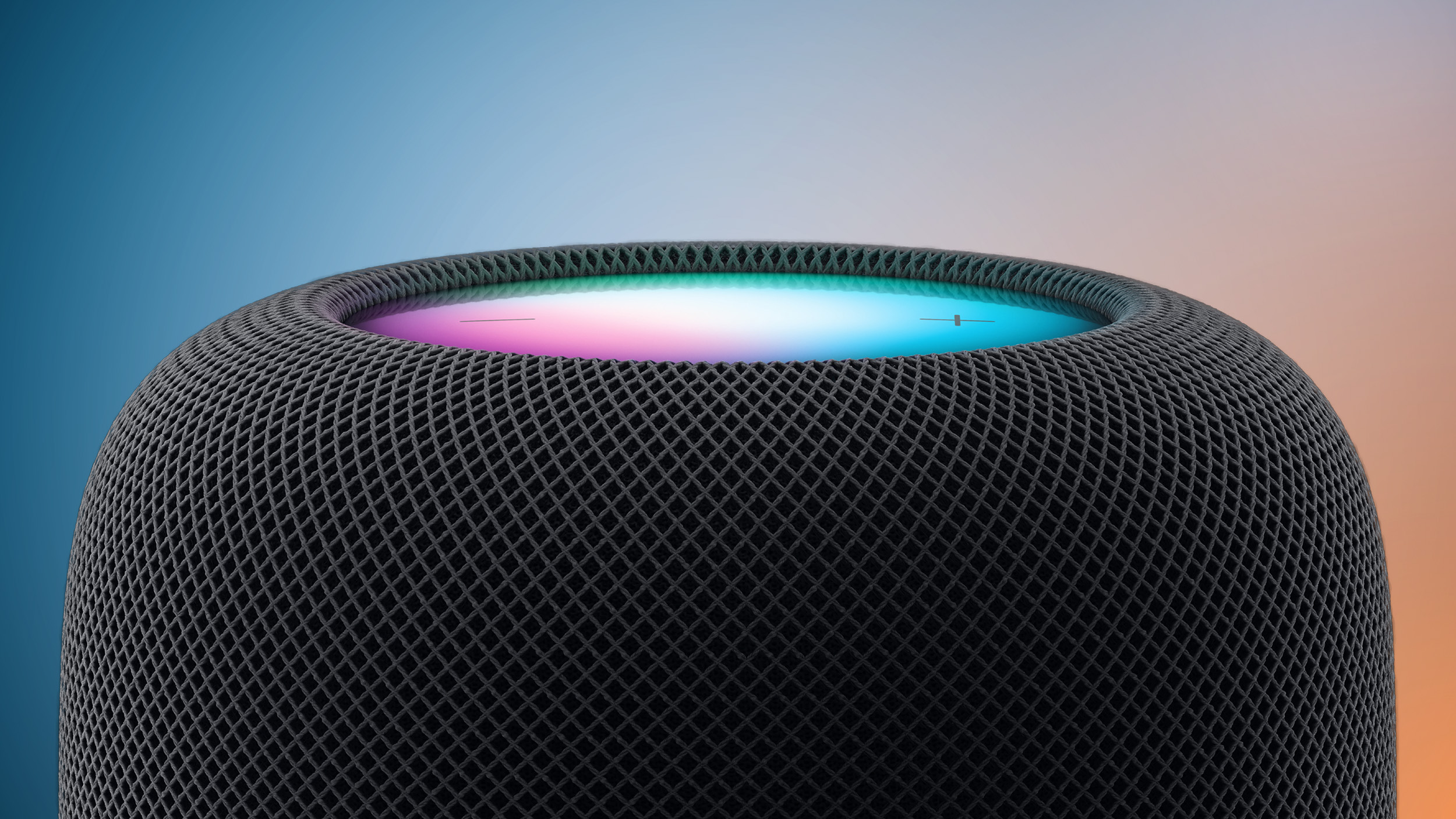
One of the noticeable design changes with the updated HomePod is a larger backlit touch interface at its top. Compared to the original HomePod, the new model features a significantly larger interface that glows and illuminates different colors to show varying statuses of the speaker and when Siri is in use.
Lighter and Shorter Design
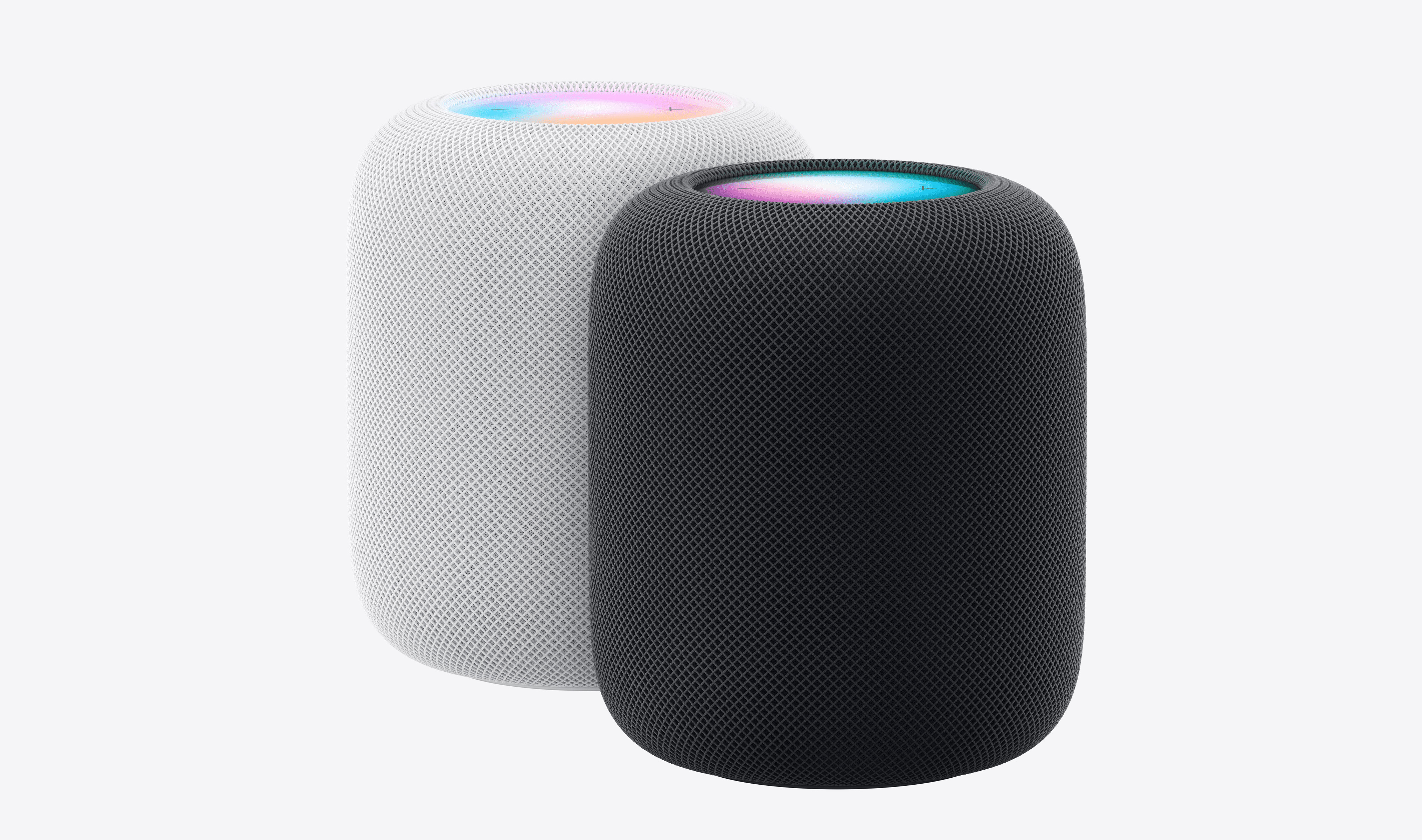
Dimensions on Apple's website for the second-generation HomePod help put into perspective the updated model's size and form factor in relation to its predecessor. The brand-new HomePod weighs 5.16 pounds, compared to 5.5 pounds for the original smart speaker. The upgraded HomePod is also 6.6 inches in height, compared to 6.8 inches. Both HomePods feature the same width of 5.6 inches.
Thread and UI Ultra Wideband Chip
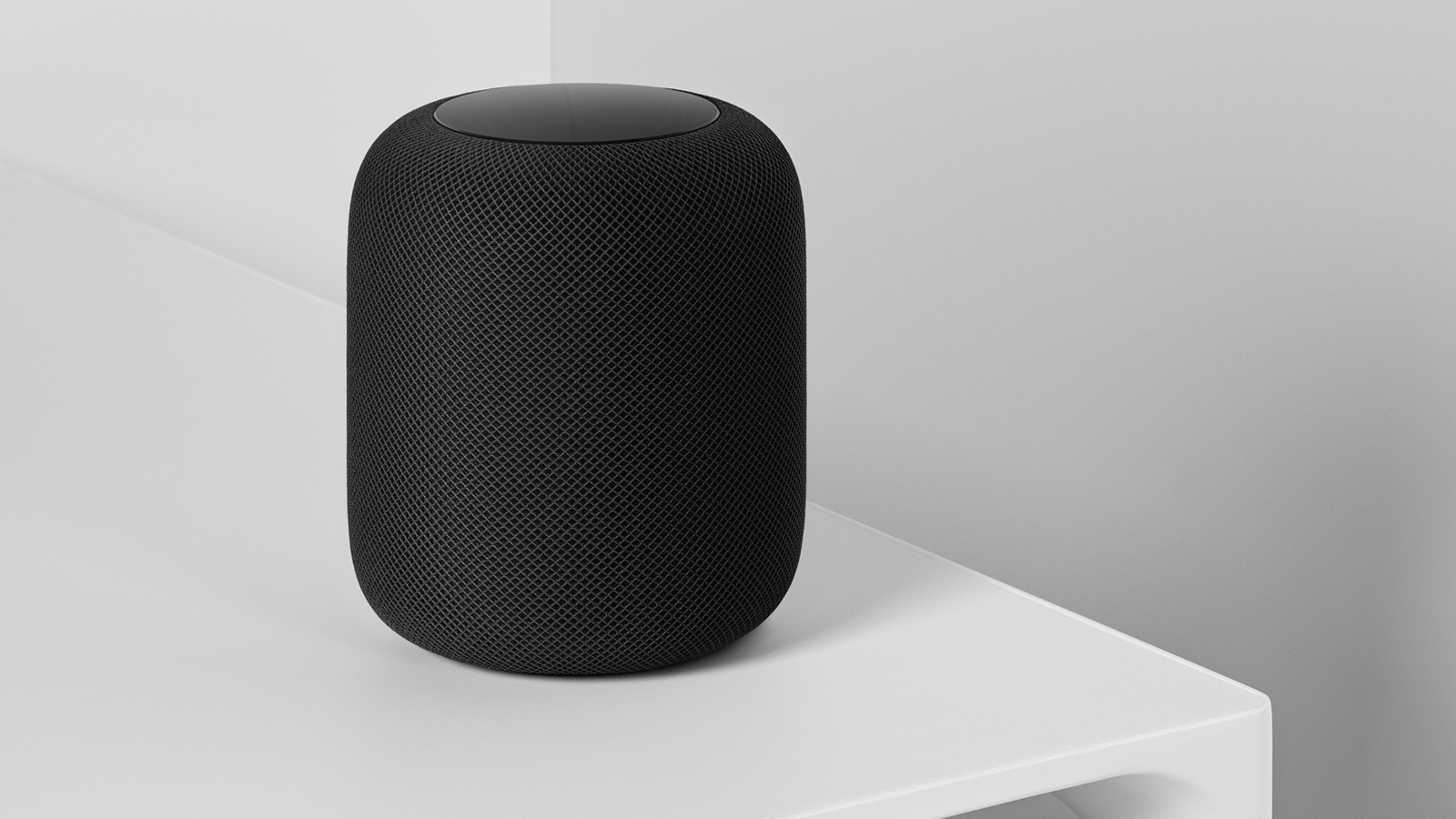
The new HomePod supports Thread, a connectivity standard for smart home devices that improves connectivity by letting Thread devices talk directly to each other via a low-power mesh network. The original HomePod lacked Thread support, with only the HomePod mini having compatibility.
The new HomePod also has the U1 Ultra Wideband chip built-in, which detects when other U1-equipped devices like newer iPhone models are nearby and allows them to quickly hand off audio to the smart speaker.
What's Not Changed
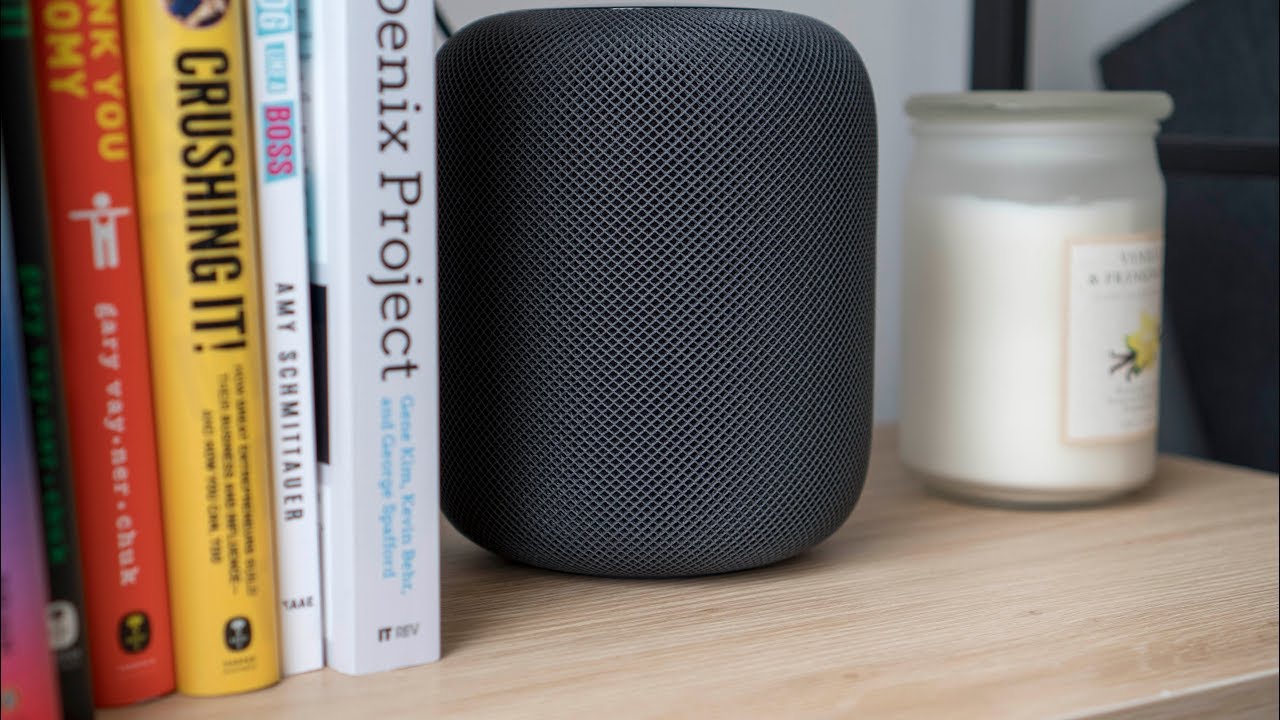
With the new HomePod, there are two things that have not changed: Lack of Bluetooth support and in-line audio. Unlike other speakers, the new HomePod, like the previous-generation model and the current HomePod mini, cannot function as a standalone Bluetooth speaker. Users must pair the HomePod with their iPhone or iPad and use Apple's AirPlay standard or Siri to play audio. Perhaps unsurprisingly, the new HomePod does not feature an audio jack, optical audio port, or any other ports. All interaction with the HomePod is done wirelessly using Apple devices.
Buyer's Guide: HomePod (Buy Now)
Related Forum: HomePod, HomeKit, CarPlay, Home & Auto Technology
This article, "Everything That's Changed in the New 2023 HomePod" first appeared on MacRumors.com
Discuss this article in our forums
source https://www.macrumors.com/2023/01/19/new-things-for-the-2023-homepod/







0 Comments